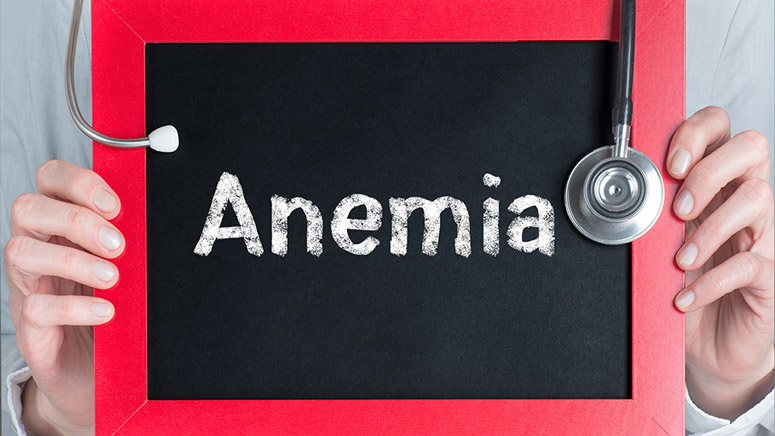Anemia is a condition in which a person lacks red blood cells to transport enough oxygen to the body tissues. In other words, there is a low oxygen flow to the organs of the body. Generally, the red blood cell count is an indicator of the amount of oxygen present. Hence, a low count indicates that the amount of oxygen in the blood is lower than the appropriate value.
Most of the symptoms of anemia rise from a decreased oxygen delivery to the vital organs and tissues of the body. Meanwhile, anemia is measured by the amount of hemoglobin, which is the protein in the red blood cells that transport oxygen from the lungs to the body’s tissues. According to statistics from the World Health Organization, Anemia affects over 1.6 billion people in the world. [1]
Certain types of anemia are passed down through genes, and some infants may have the condition from birth. Besides, women with chronic conditions like cancer also have a high risk of developing anemia. Generally, older adults have a risk of anemia because they are prone to kidney disease and other medical conditions.
Common Causes of Anemia

For the maturation of red blood cells, vitamin B-12, dietary iron, and folate are essential. Usually, around one percent of the body’s red blood cells are replaced daily. Besides, on average, the lifespan for red blood cells is between 100 to 120 days. Hence, any abnormality or process that affects the balance between the production and destruction of red blood cells can cause anemia.
Generally, the common causes of anemia are grouped into those that increase the rate of red blood cell destruction and those that reduce red blood cells’ production. Here is a clear division of the causes of anemia:













